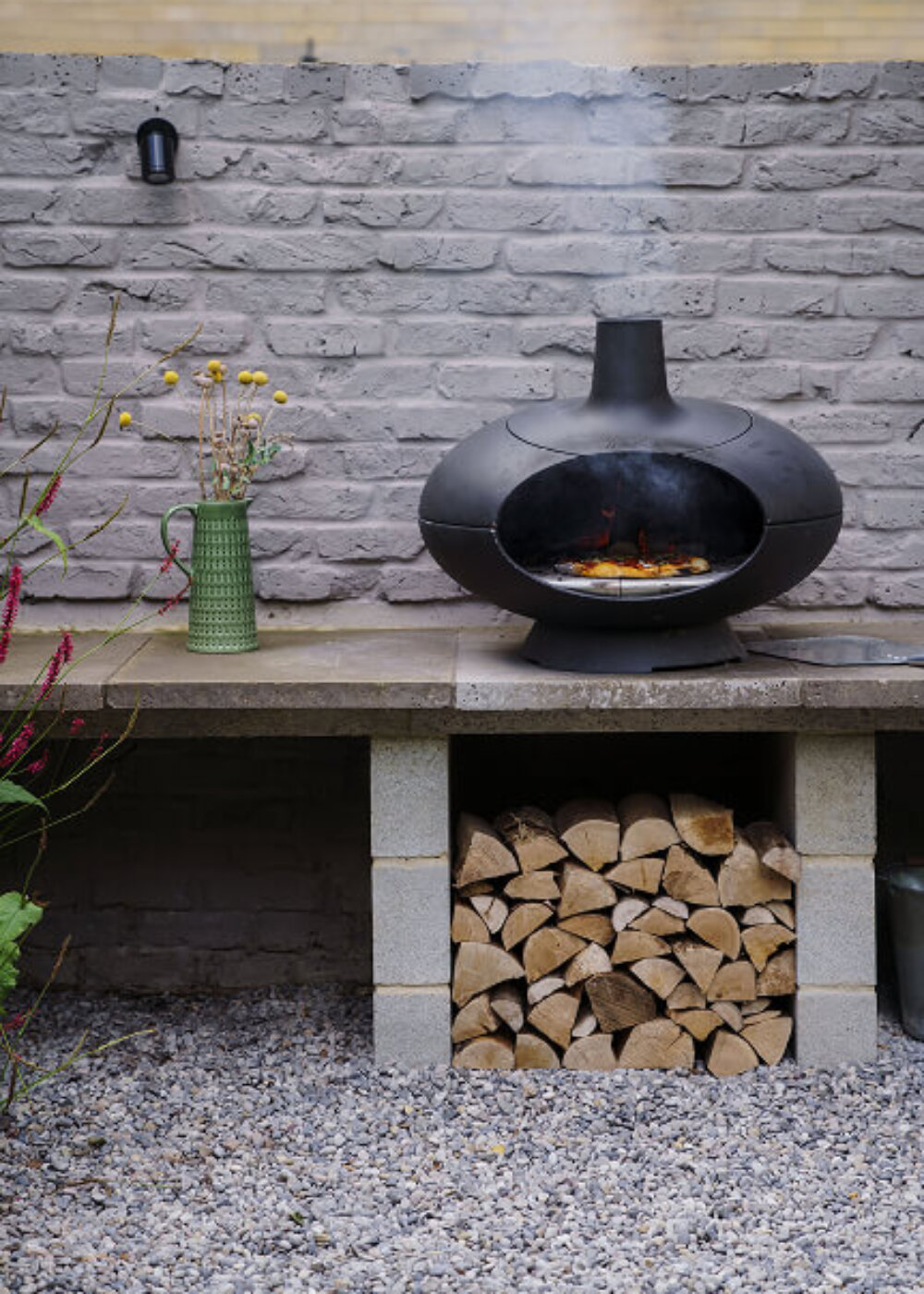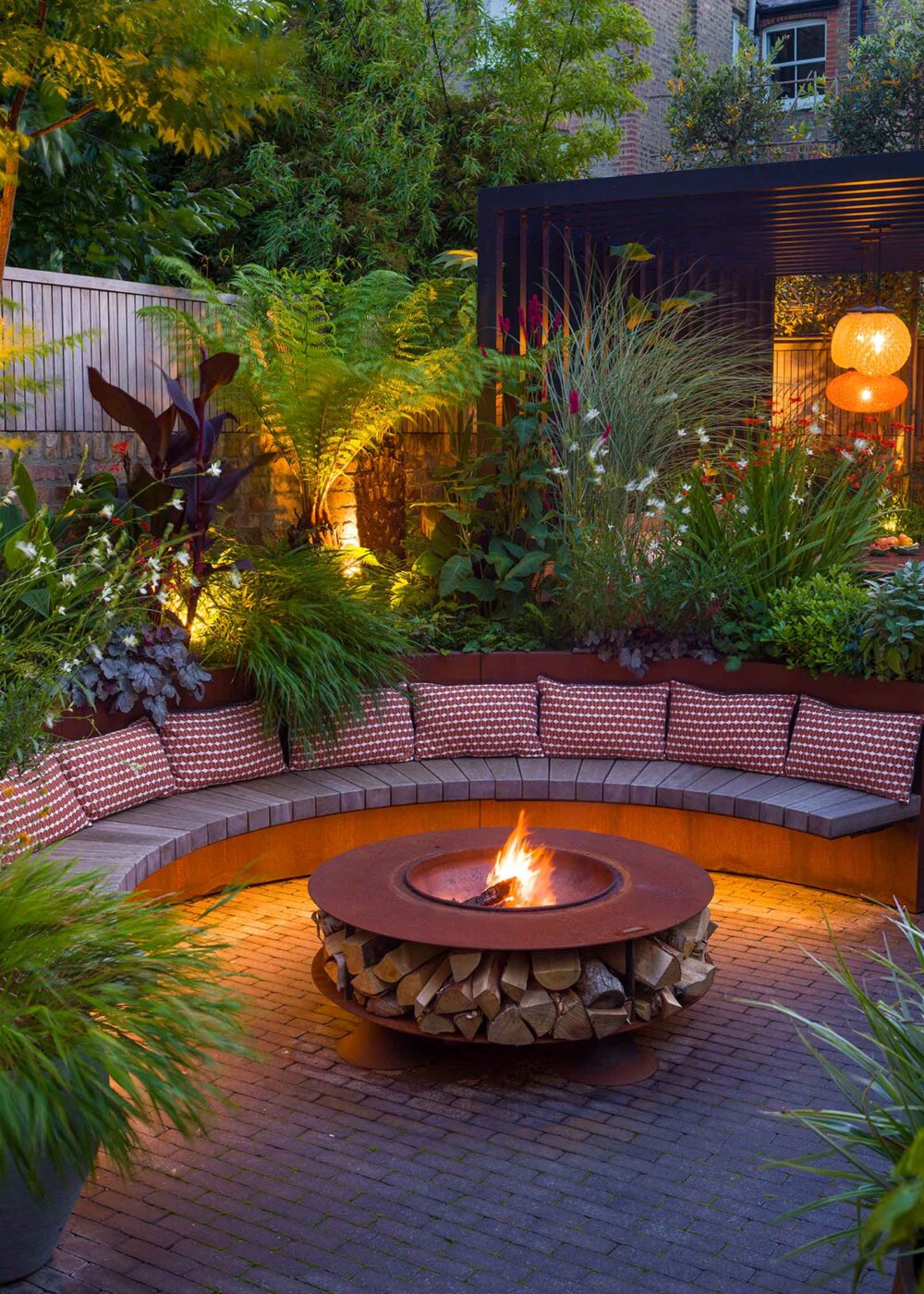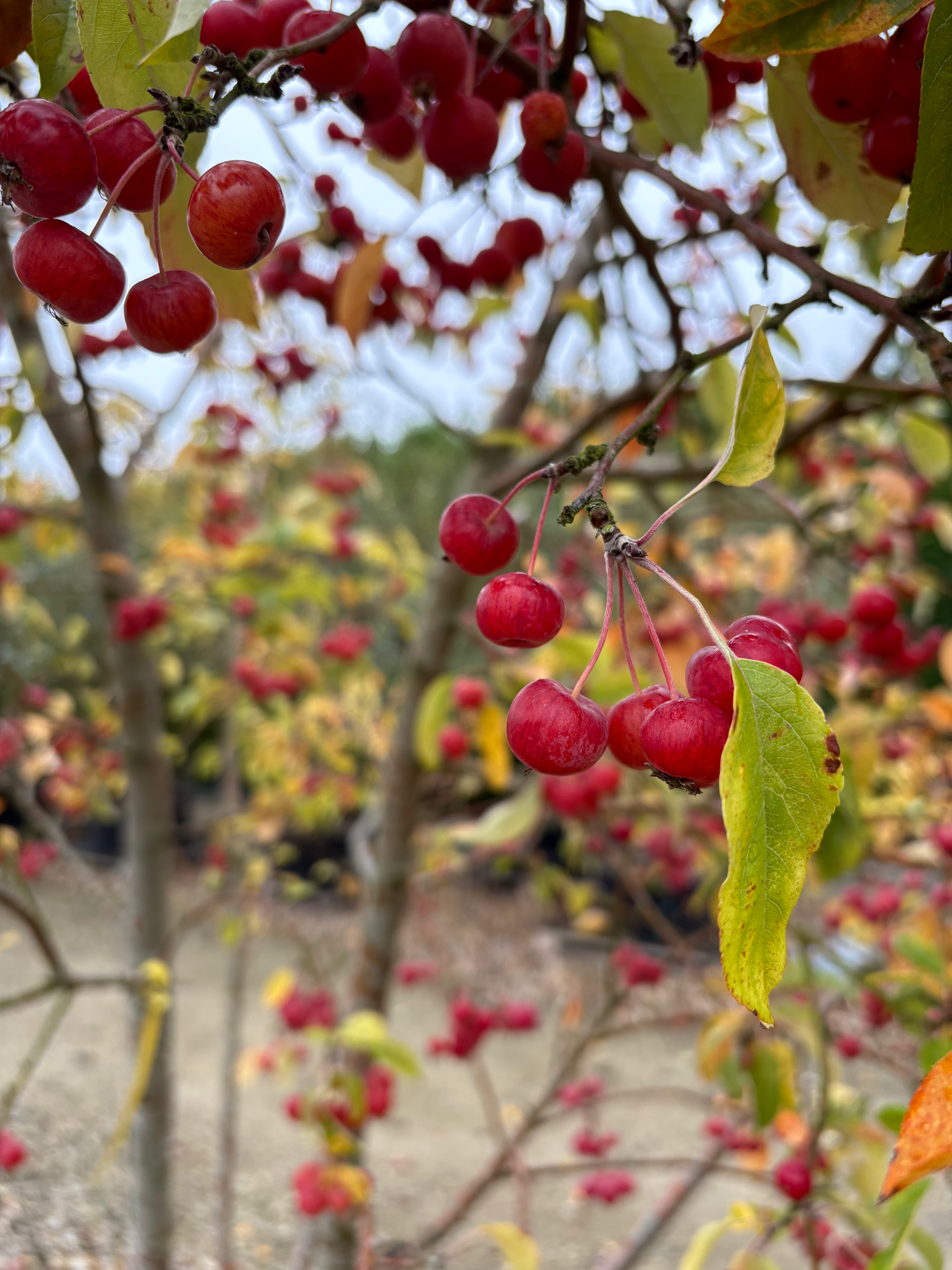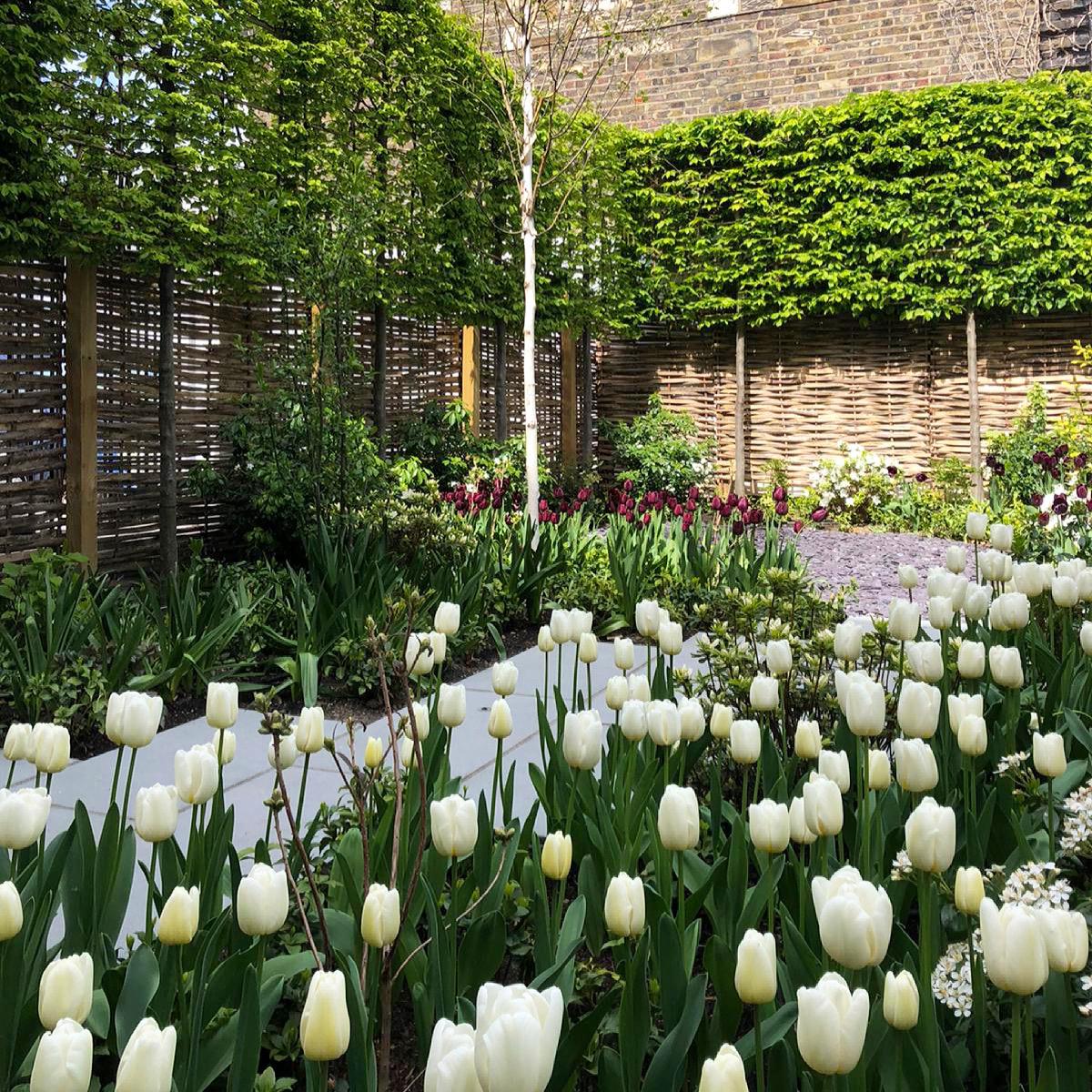
Bulbs: Picking the right ones for your garden.
Article by: Lauren Ailish-Skinner
- Advice
Whilst it feels slightly sinful to be talking of spring next year when summer hasn’t even left the room yet, bulb planting waits for no-one.
Autumn is the season of promise: as the garden begins to fade, bulbs planted now quietly tuck themselves into the soil, storing energy for a burst of life in spring and beyond. Choosing the right bulbs in autumn ensures months of colour, from the very first snowdrops of February to the tall alliums and lilies of early summer.
Below are some top tips for picking the right bulbs for your garden.
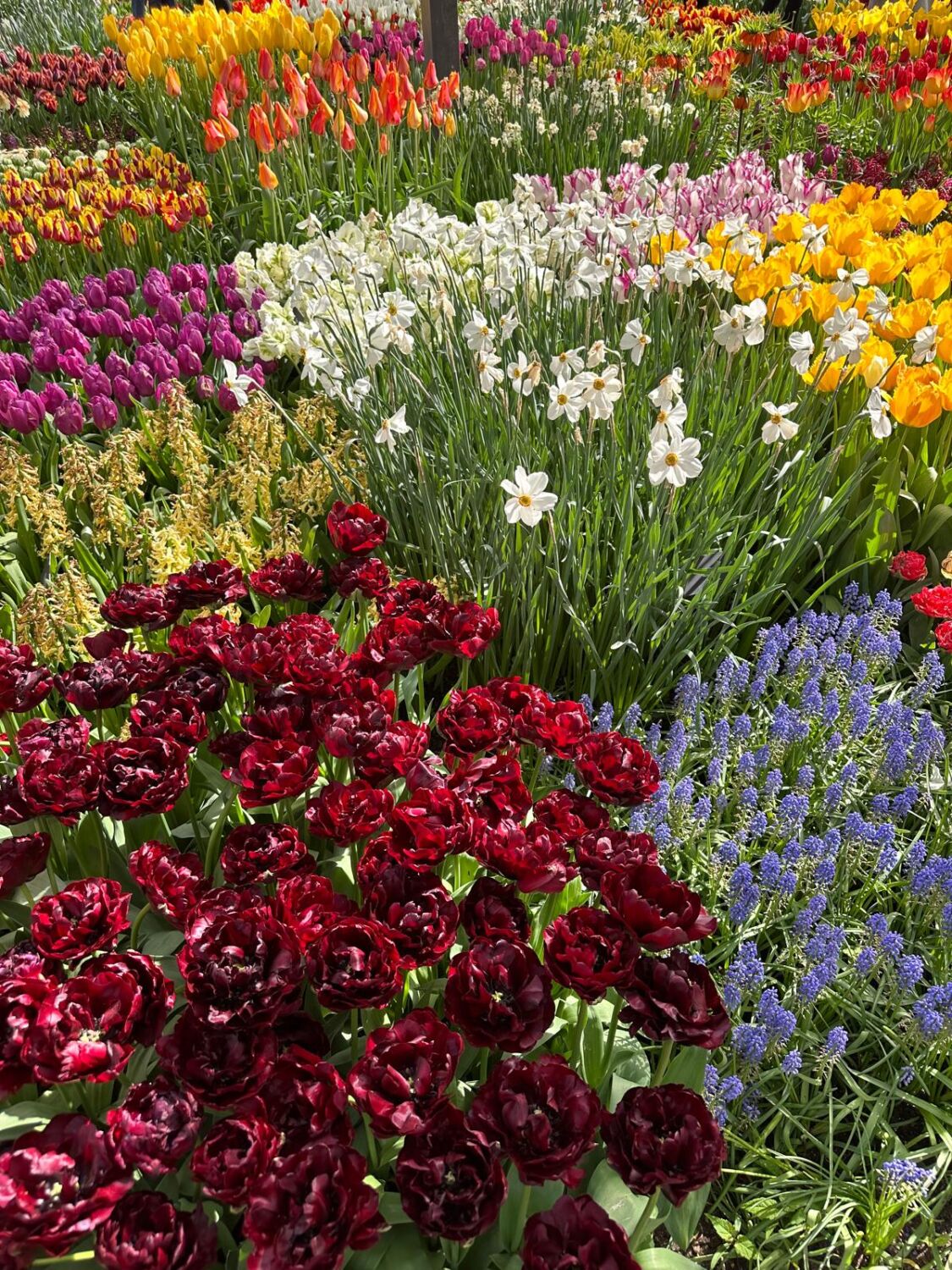

Sunlight & Site Selection
Most autumn-planted bulbs are happiest in sunny, well-drained positions. Daffodils, tulips, and crocuses will all thrive in full sun, but remember—because most trees are bare in early spring, bulbs planted beneath them often still receive enough light to bloom well. For shadier spots, snowdrops, scillas, and bluebells are excellent choices, naturalising beautifully under shrubs or in woodland-style settings.
Bloom Times: A Seasonal Sequence from Autumn-Planted Bulbs
To keep colour flowing, combine bulbs with staggered flowering times:
- Late Winter (February–March): Snowdrops, winter aconites, crocuses, dwarf irises. These bring the first sparks of life when the garden is still bare.
- Early Spring (March–April): Early daffodils (‘February Gold’, ‘Tête-à-Tête’), hyacinths for fragrance, fritillaria meleagris for meadow-style planting.
- Mid Spring (April–May): Mid-season daffodils, tulips (triumph and single early types), anemone blanda.
- Late Spring (May): Tulips in their prime (Darwin hybrids, lily-flowered types), alliums for height.
- Early Summer (June): Ornamental alliums continue, and lilies (such as Asiatic and Oriental hybrids) begin to take over.
(Note: Dahlias, gladiolus, and other tender bulbs are planted in spring rather than autumn, so save those for spring.)
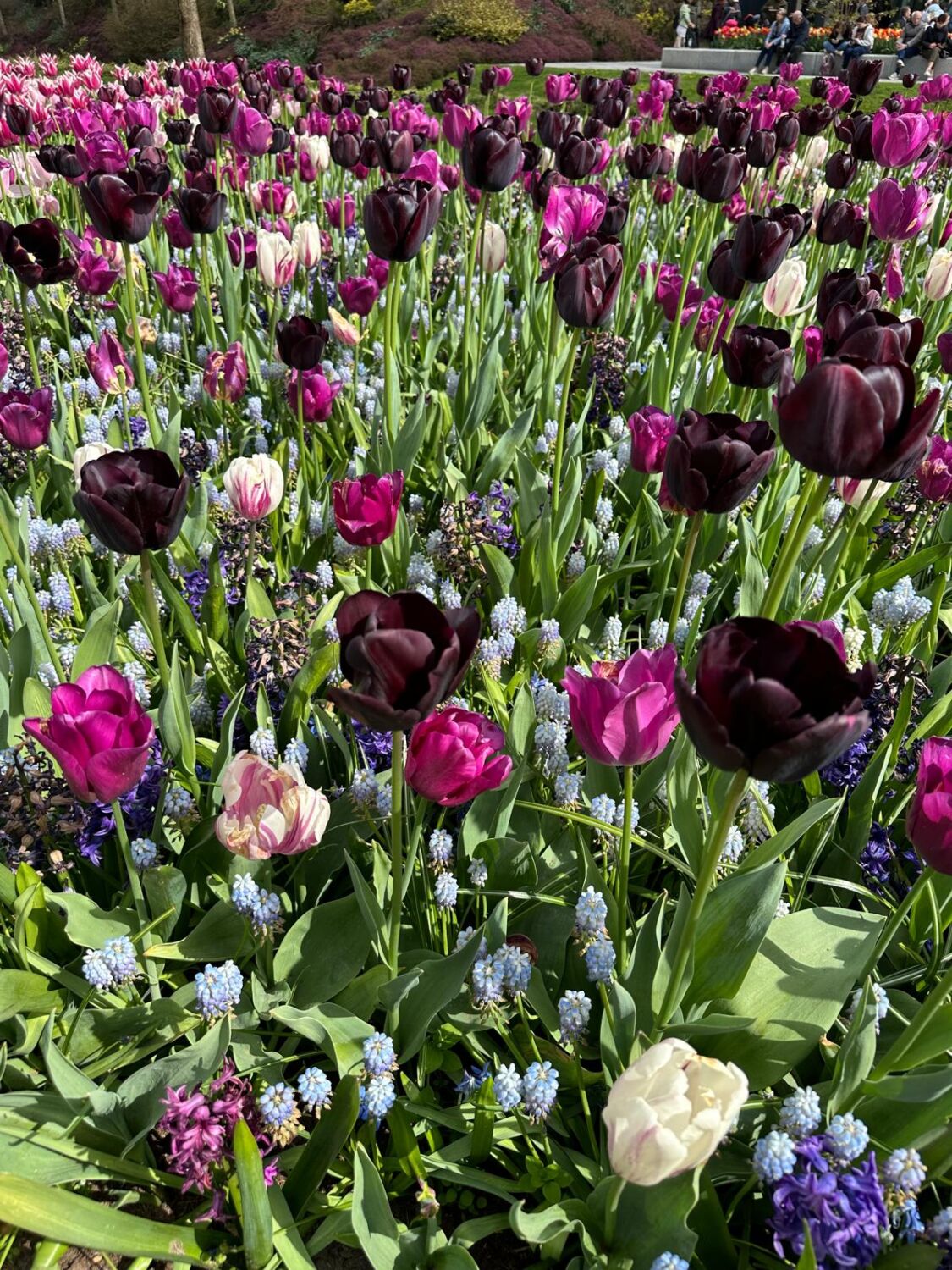
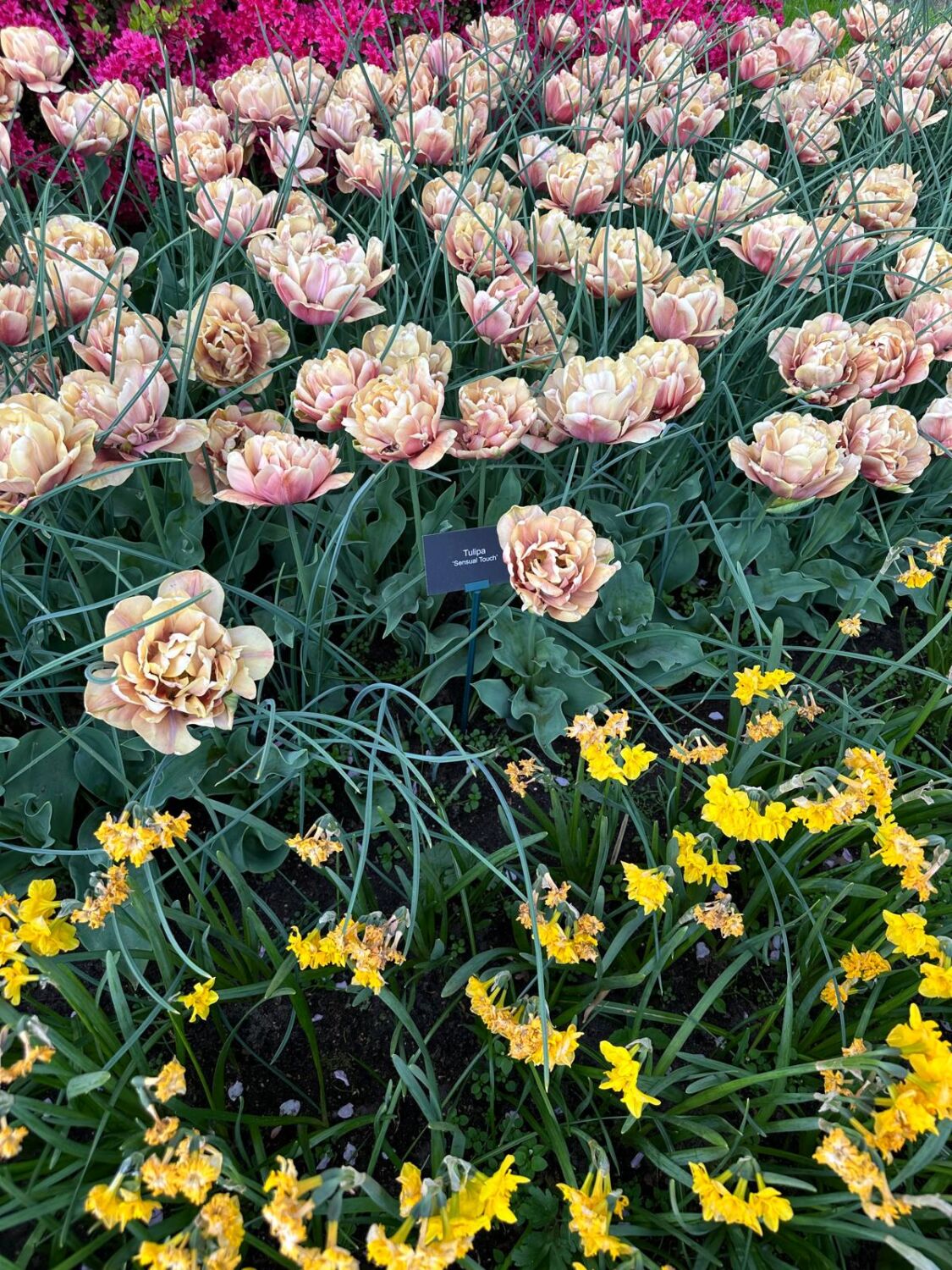
Soil & Planting Tips
Good drainage is essential. If your soil is heavy, mix in grit or compost to prevent bulbs from rotting over winter. As a rule of thumb, plant bulbs at a depth around three times their height, pointed end up. Plant daffodils and crocuses in September, tulips in October–November (waiting until the soil is cooler helps prevent disease).
Extending the Display
In pots and containers, try layering bulbs (“lasagna planting”)—for example, tulips at the bottom, daffodils in the middle, crocuses on top. This creates a long-lasting, tiered display from one pot. In borders, interplant bulbs among perennials so that emerging foliage hides the bulbs’ fading leaves later in the season.
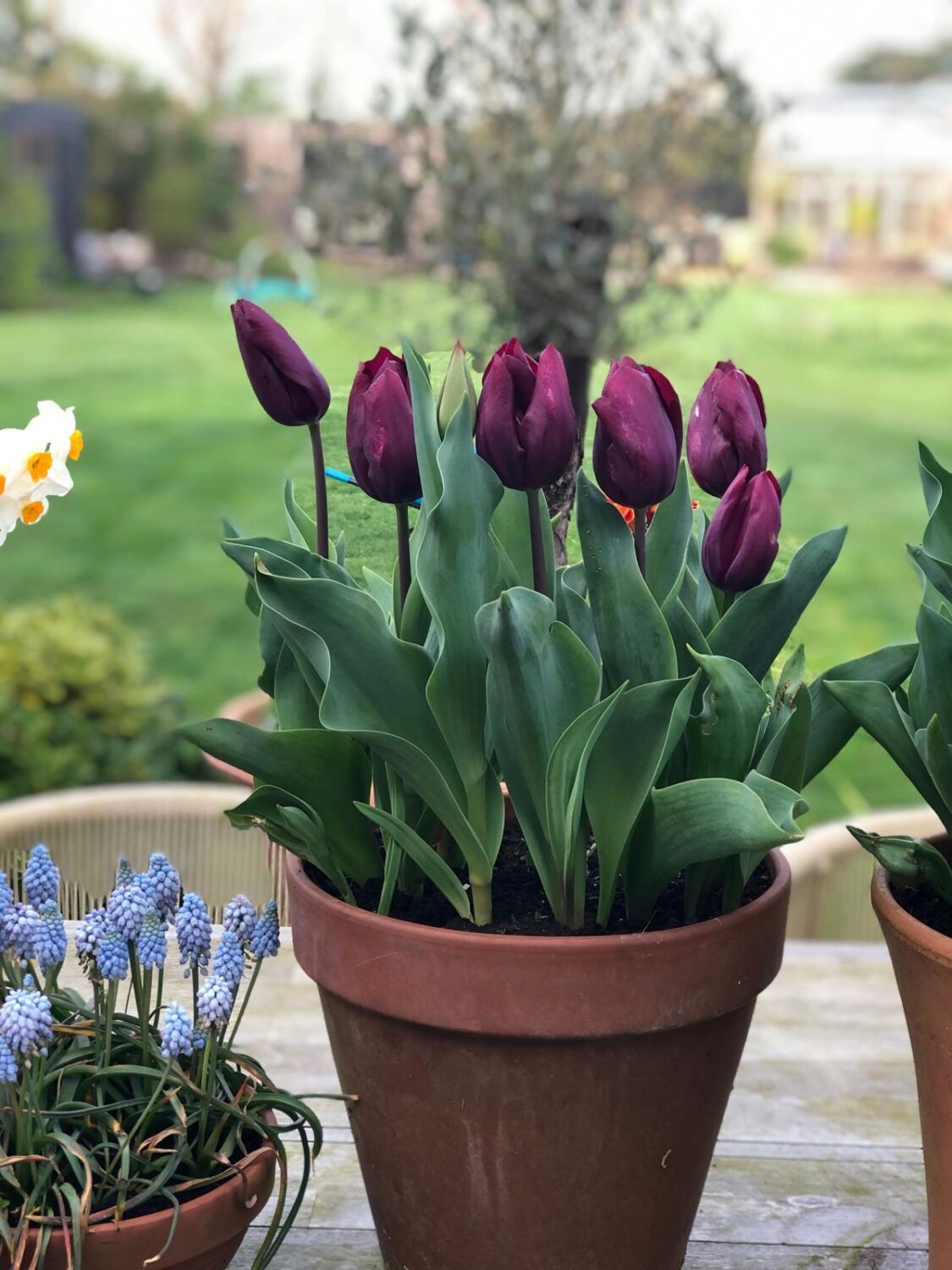
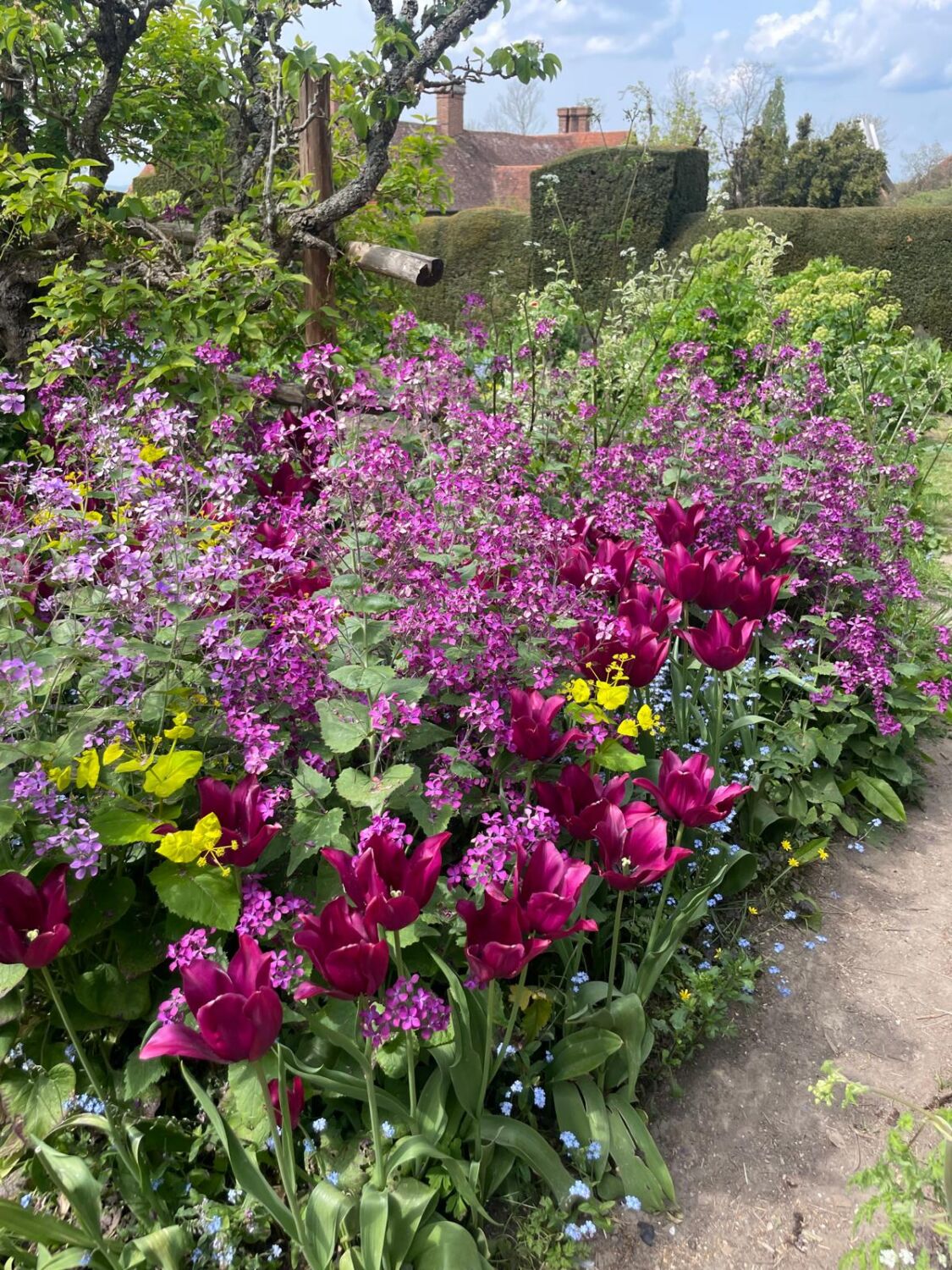
By choosing wisely this autumn, you’re setting the stage for a garden that awakens early and keeps flowering right through to the start of summer.
